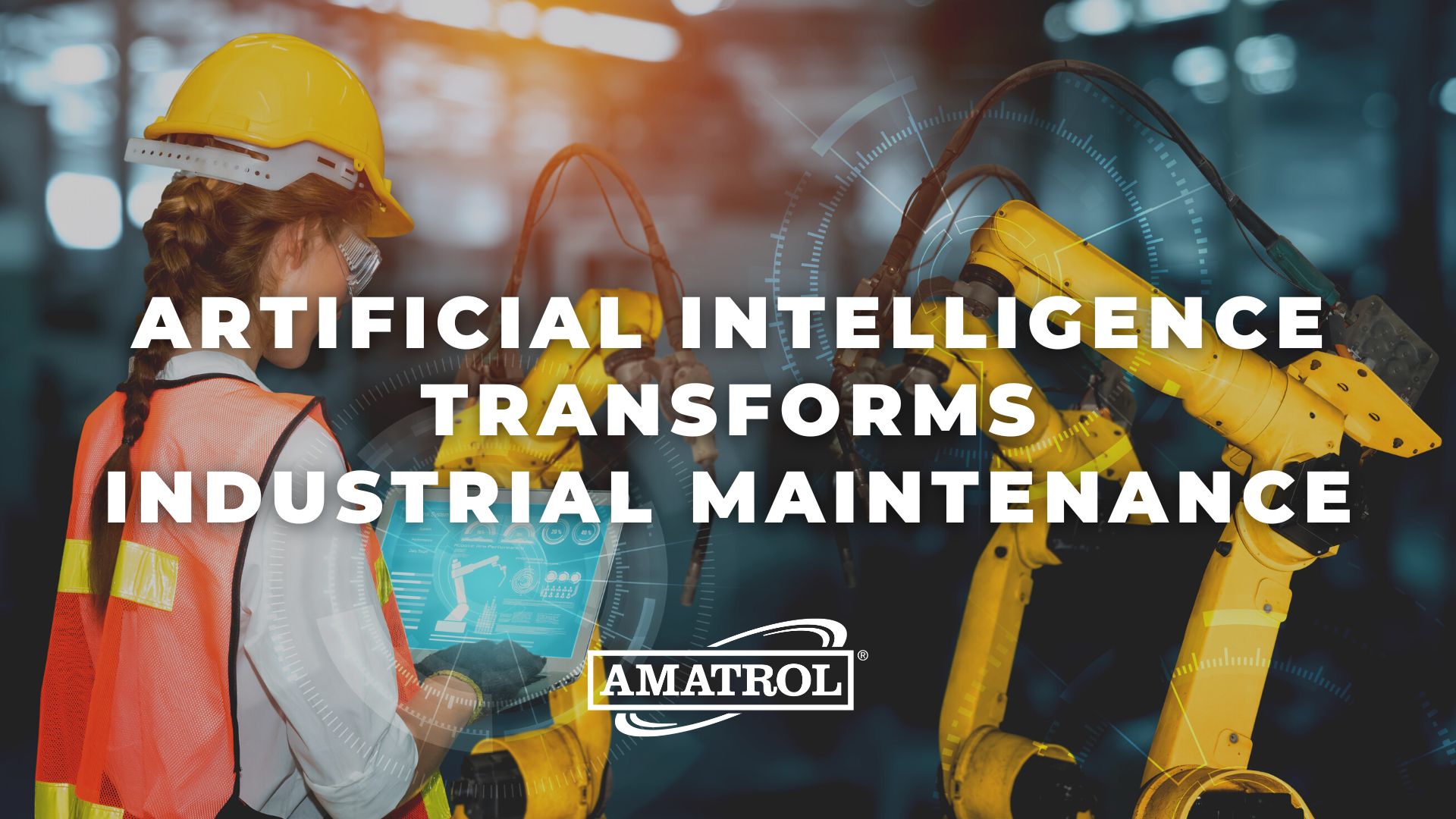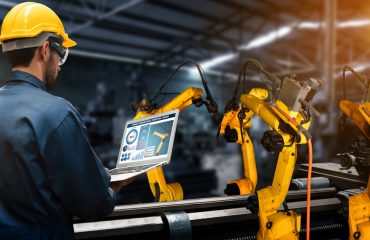Nearly a quarter of the way through the 21st century, it’s no longer breaking news that advanced smart automation technologies continue to revolutionize industrial facilities across the country and around the world. When people think about these technologies, they often envision an army of robots lining an automated production line.
While robots and other automated technologies have made the production process more efficient, there’s an area where experts believe these technologies might have an even greater impact: industrial maintenance. Rather than waiting for machinery and processes to break down, artificial intelligence (AI) and other advanced smart automation technologies can transform industrial maintenance from a reactive process to a proactive one.
In a recent Occupational Health and Safety article, author Eric Whitley points out that AI can impact safety in addition to efficiency. By making maintenance routines more proactive, industries can “minimize risk and prioritize the well-being of every worker…ensuring a safer today and tomorrow.” Here are five ways Whitley sees AI impacting the industrial workplace:
- “Streamline Maintenance Processes with AI: using AI algorithms to analyze equipment data” allows industries to “shift from reactive to proactive maintenance,” allowing workers “to predict and prevent potential issues…without disrupting production.” This reduces human error and results in smarter maintenance processes, greater efficiency, and a safer work environment.
- “Predict and Prevent Safety Hazards with AI: The role of AI in predictive maintenance is crucial, as it extends beyond mere data monitoring to provide predictive insights. These insights are key to foreseeing equipment failures well before they escalate into safety hazards…It effectively transforms the unpredictability of equipment failure into a manageable and foreseeable event.”
- “Enhance Worker Safety with AI Tools: equipping workers with AI-enhanced tools, such as smart wearables, which act as crucial safety lifelines in hazardous situations…transforms safety equipment from a passive form of protection to an active form of guardianship.”
- “Mitigate Risks with Connected Worker Technology: Workers can use tools like AI-powered smart glasses or wearables that give instant warnings and visual signals about dangers. This helps them make fast, smart choices to avoid accidents…[and] makes safety a natural part of workers’ daily jobs.”
- “Emphasize Safety with Smart Manufacturing: smart manufacturing improves overall operations. It finds and fixes inefficiencies, making processes better. It always collects and analyzes data, adjusting work to be more efficient.”
When it comes to “[i]ntegrating AI into maintenance protocols for safer industrial environments,” Whitley believes “the future looks promising. AI is expected to become more sophisticated, offering more detailed insights and better predictive capabilities. This evolution could lead to even safer, more efficient industrial environments.”
However, this progress isn’t without its challenges, including training workers to operate, maintain, repair, and troubleshoot these advanced automation technologies. Although experts believe industry should not shy away from embracing employee training, many employers express reluctance to venture into employee training, fearing they lack the expertise to train employees effectively.
Fortunately, today’s employers don’t have to be experts at training to implement a new program. The experts at Amatrol have been working hand-in-hand with industry for years to design training programs featuring eLearning curriculum and hands-on experience with trainers equipped with industrial components workers will encounter on the job.
Amatrol’s training programs include cutting-edge technologies like those discussed above. Visit Amatrol online to learn more about its many different types of industrial training programs. For more information about how Amatrol can help you inspire and train the next generation of workers, contact an expert at Amatrol today!





